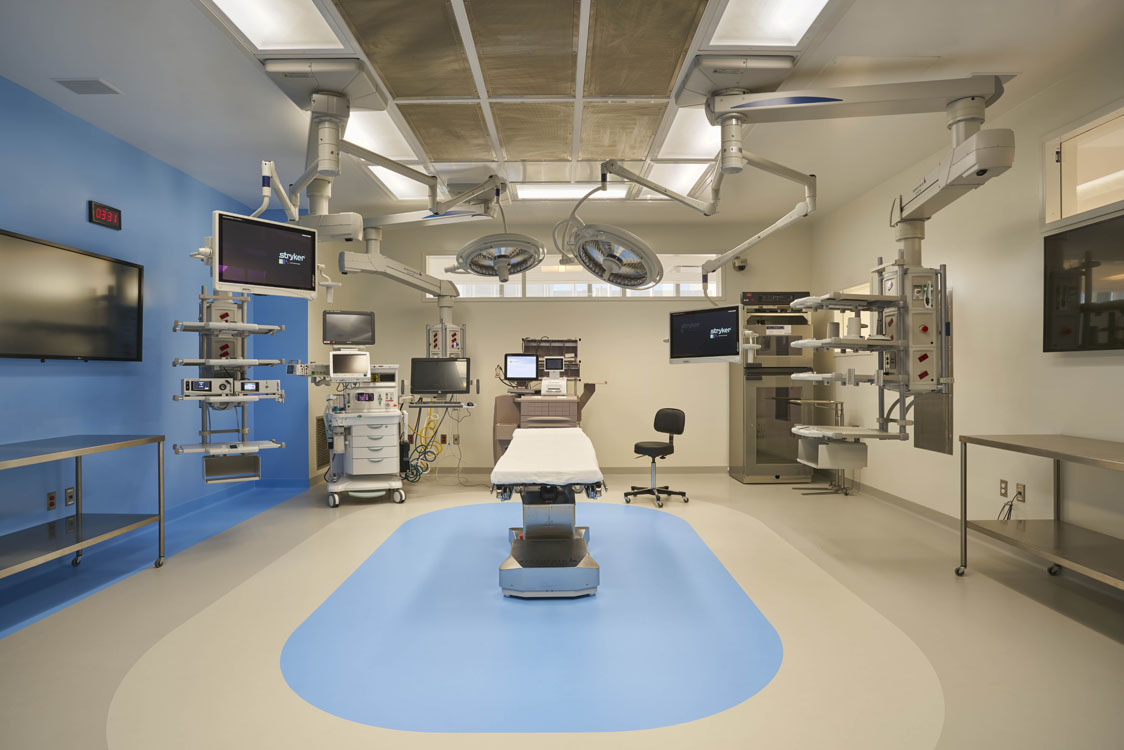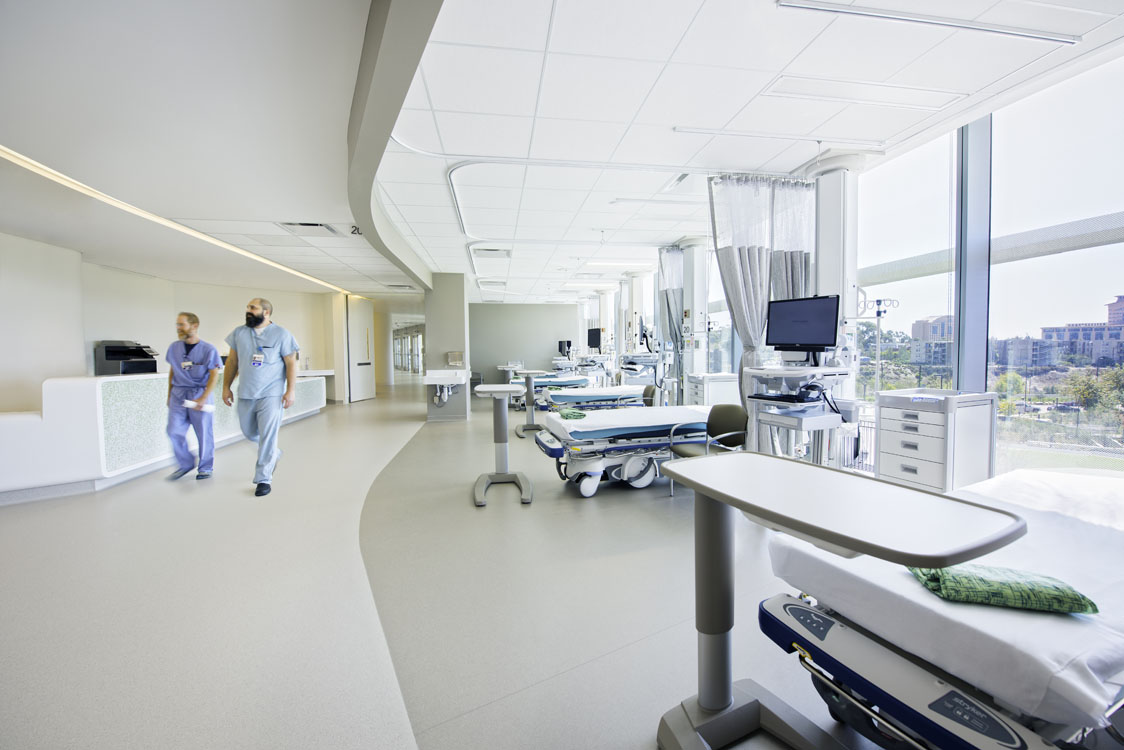Douglas Stewart, PE
Project Manager | San Diego, CA
I’m a structured person. I like defined processes. I like documented procedures. That’s why I’m certain I could never be a doctor. The organized chaos of emergency rooms, the unpredictability of hundreds of patients with individual concerns and needs would quickly overwhelm me. But, if you were to ask me to design an efficient medical center, I’m in.
About the project
The new Jacobs Medical Center Patient Tower represents a significant step forward for the University of California San Diego (UCSD) as they transform the Thornton Healthcare Campus from a community hospital into a nationally recognized academic medical center. Supporting UCSD’s growing Thornton Healthcare Campus, the new 10-story patient bed tower connects to the existing Thornton Hospital and Cardiovascular Center. Bringing an additional 245 inpatient beds and 12 state-of-the-art operating rooms, the patient tower is one of the first in the healthcare industry to feature inter-operative MRI operating rooms.
Looking at everything UCSD was looking to achieve, including targeting LEED certification, I understood that we needed a new process to make it possible. We needed to make an impact with our mechanical, electrical and plumbing services, fire protection, and lighting design.

Approach
Oftentimes, innovation doesn’t come from creating something brand new… it comes from customizing something to suit your needs. For instance, I’m a big proponent of Integrated Project Delivery (IPD). Integrated projects are uniquely distinguished by having a process that ensures we have effective collaboration with the client and constructor, commencing at early design and continuing through to project handover. The process is usually agreed to in the contract. Knowing that IPD can be extremely helpful, absent the stipulation in the contract, we had to innovate a viable alternative that we eventually dubbed IPD Lite amongst our team. It has proven the test of time, and we have shared our experience around the organization to support the success of others.
What differentiates our approach is the blend of traditional and new technologies. Information sharing was at the core of the process, building trust and promoting transparency. Meetings would be regular and happen in person, on screen, or a combination of the two.
Implementation
The design we proposed featured one of the largest variable air volume HVAC systems in a large hospital project, projected to reduce energy consumption costs by an estimated $400,000 per year. A new central energy plant provides chilled water, steam and emergency generator power for the entire campus and can expand to support another 500,000 square feet of future building space.
In the end, we found a way to save time, effort and money by adjusting a process that allowed us to learn and implement changes on the fly. That’s the kind of chaos I can get behind!

